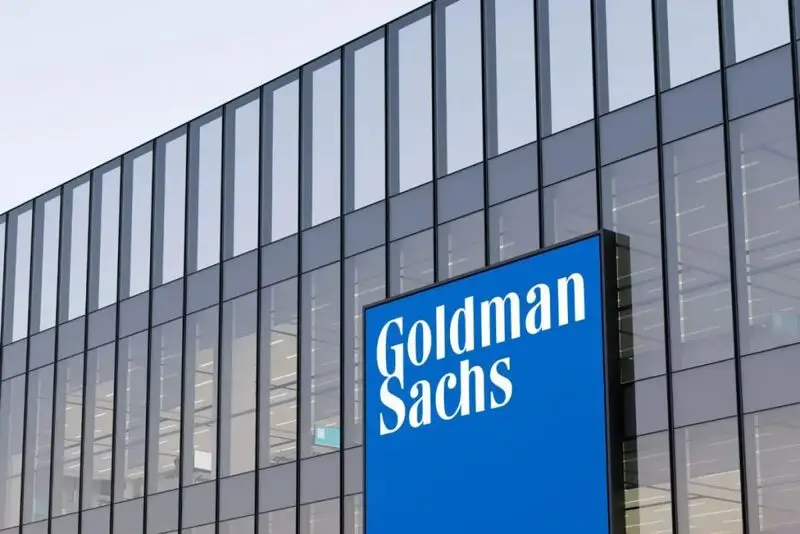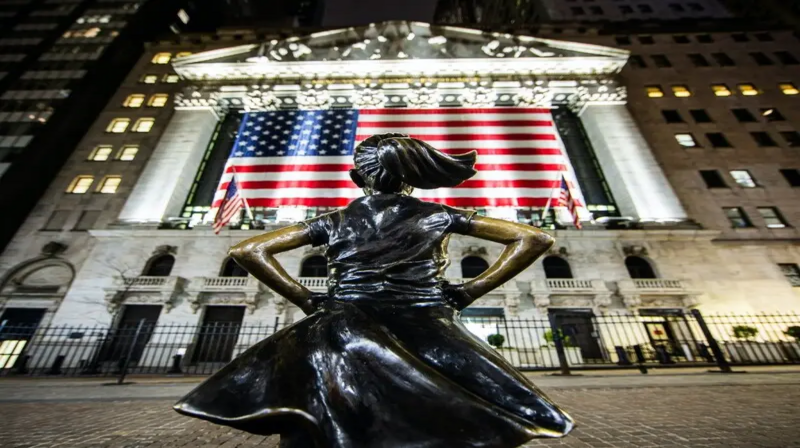Leading investment bank Goldman Sachs has predicted that the US stock market could begin to experience turbulence. The markets recovered from the 2008 financial crisis in 2014 and sustainably scaled up in the charts for a decade. The S&P 500 index has surged nearly 215% in 10 years from a low of 1,830 points to a high of 5,700 in 2024.
Also Read: Morgan Stanley (MS) Stock Nears All-Time High: Can It Go Much Higher?
In their latest report, Goldman Sachs analysts wrote that the next 10 years will not replicate the 2014 to 2024 performance. The bank wrote that the next 10 years will be hard to navigate as business revenues stagnate across all sectors. The bank wrote that the maximum the S&P 500 could surge is 8% a year for the next 10 years.
The 8% surge is only in the best-case scenario, as market turbulence and bad performance could pull it below 8%. “All good things must come to an end,” wrote the Goldman Sachs analysts. Our historical analyses show that it is extremely difficult for any firm to maintain high levels of sales growth and profit margins over sustained periods of time. “
Also Read: Multipolar Currency Era Looms As Russia, China Challenge The US Dollar
Historic US Stock Market Run Will Come To a Screeching Halt: Goldman Sachs

According to Goldman Sachs, retail sales could drop drastically in the US, making revenue streams for companies to dry out. The double-digit growth that kick-started from the early 1980s to 2020 may all be at a standstill. The note highlighted that the Magnificent Seven companies’ growth has declined in the last two years.
Also Read: Apple (APPL) Q4 Earning Report: Should You Buy It As Stock Targets $300?
The trend will continue well into this decade as positive returns and year-over-year comparisons will become difficult. These developments will hamper the growth of the US stock market, making it stagnate or move at a snail’s pace. Therefore, Goldman Sachs said that the next decade could be difficult to print massive profits as company earnings will decline. This puts pressure on the US economy, as jobs will be at risk when profits reduce marginally.






